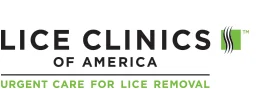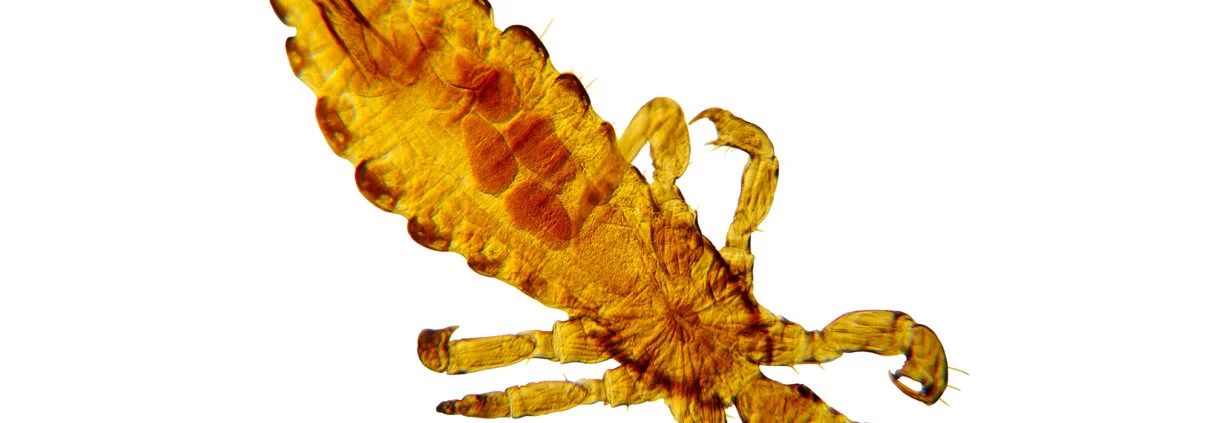Getting to Know You: A Frank Discussion with Lice and their Nits
No one wants to get lice. But trying to avoid lice doesn’t prevent an estimated 6 to 12 million lice infestations in the United States each year, according to the Center for Disease Control (CDC). To combat these infestations, American parents spend close to $1 billion annually. If you work in a school or have school-aged children, chances are you will get to know all about lice, whether you want to or not. In order to best fight a lice infestation, you need to know some basic facts about lice, their nits, and their lifecycle.
What are Head Lice?
Head lice are parasites, meaning they cannot survive without living on or in a host. In the case of head lice, they live, as you might have guessed, on the human head. They live close to the scalp and may even be found in people’s hair, eyebrows, and eyelashes.
What Do Head Lice Look Like?
While this seems a straightforward question, the appearance of a single head louse changes throughout its lifecycle. There are three separate stages to a louse’s lifecycle: egg (also known as nit), nymph, and adult.
Nit: The nit is a small, oval-shaped egg that is firmly attached to the strand of hair on which is was laid. Even after the egg has hatched, the nit remains stuck to the hair. The development of the egg is temperature dependent, which impacts where you can expect to find the nits. During the colder months, nits are more likely to be laid quite close to the scalp. Since they are immobile, nits are the most often recognized sign of a lice infestation.
Nymph: The nymph stage of a head louse lasts from the time it emerges from the nit until it matures into an adult louse. The nymph looks very similar to an adult louse, only smaller. If the nymph is not able to feed on human blood, it will die before maturing into an adult louse. Due to their size, it is possible that you may never see a nymph louse throughout a lice infestation and treatment.
Adult: An adult head louse is small (about 2.5-3mm in length) and flat, not dissimilar from the size and shape of a sesame seed. They have six legs and two antennae and though normally gray, may also be tan or light brown. Only the adult female louse is able to lay eggs. A single female adult head louse can lay 3-4 eggs per day.
What is the Lifecycle and Lifespan of Head Lice?
The average lifespan of a single head louse is 30 days, beginning the moment the egg is laid. The egg typically hatches 6-9 days after it has been laid. Once emerged from the egg, the nymph head louse feeds and grows, maturing into a fully-developed adult head louse, usually 9-12 days later. This leaves the average adult head louse a remaining 9-15 days before it dies. Although this seems a relatively short lifecycle, when a single adult female head louse can lay 3-4 eggs per day, that means one head louse has the potential to reproduce up to 60 times before it dies.
How Are Lice Transmitted?
According to the CDC, head-to-head contact is by far the most common method of lice transmission. Head-to-head contact may occur during play at home or in school, while playing sports, on the playground, at camp, or at sleepovers.
Head lice can live on soft fabric for about 48 hours, but most are dead within 15 hours. As a result, it is possible (but rare) to get head lice from sharing clothing or other soft fabric accessories like hair ribbons, hats, or scarves. Lice can also be transmitted by using soft furniture that was recently used by someone who is already infested.
Do Head Lice Spread Disease? Are They Dirty?
Unlike mosquitos and other parasitic insects, head lice are not known to spread disease. The bites of head lice can cause itching. Excessive scratching of the head as a result of lice can cause skin irritation and irritated or broken skin may be at risk for a secondary skin infection. Head lice are definitely frustrating, but they are not an indication of levels of personal hygiene or cleanliness. In fact according to Richard Pollack, a lice expert at the Harvard School of Public Health, “The more social your child is, the more friends he or she may have. If there is a lot of head-touching, rug wrestling, these sorts of things, the more likely they may encounter head louse.” Or as a recent NPR article stated, “A child with lice is a child with friends.”
I Think My Child is Infested. What Do I Do Now?
Take a deep breath. According to the CDC, “infestation with head lice is most common among preschool- and elementary school-age children and their household members and caretakers.” Now that you know the basic facts about lice and their nits, it’s time to determine how to treat them. Get the facts on treatment options available from Lice Clinics of America or find a clinic near you to schedule a treatment today.


